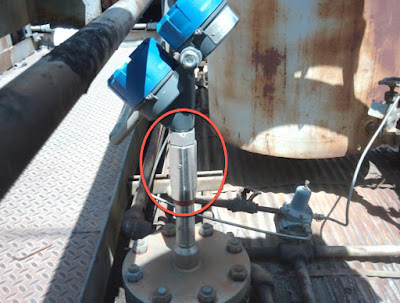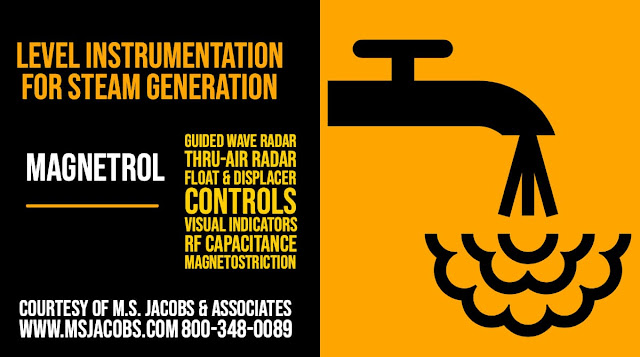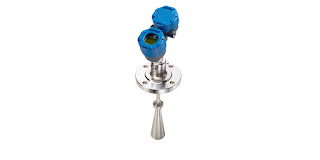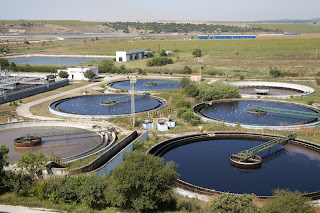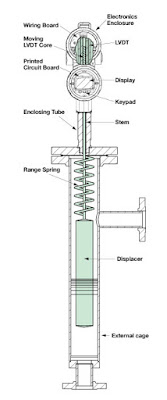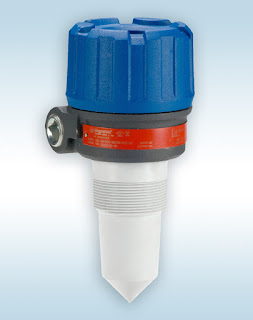M.S. Jacobs and Associates and Magnetrol proudly announce the 25th Anniversary of Magnetrol's Eclipse Guided Wave Radar. Magnetrol pioneered the use of guided wave radar in level measurement and continues to expand on its product offerings with the offering of Magnetrol's new Model 700. First, let's discuss the Model 706 and then the Model 700, along with a brief history of Magnetrol's Eclipse Guided Wave Radar.
The Eclipse® Model 706 high-performance, loop-powered, 24 VDC level transmitter uses proven guided wave radar (GWR) technology, and encompassing several significant engineering accomplishments, this leading-edge level transmitter is designed to provide measurement performance well beyond that of many of the more traditional technologies. Through utilizing "diode switching" technology, along with the most comprehensive probe offering on the market, this single transmitter has a wide variety of applications ranging from very light hydrocarbons to water-based media.
The innovative angled, dual-compartment enclosure is now standard in the industry. This enclosure, first brought to the industry by Magnetrol® in 1998, is angled to maximize the ease of wiring, configuration, and viewing of the versatile graphic LCD.
One universal ECLIPSE Model 706 transmitter can be used and interchanged with all probe types and offers enhanced reliability as it is suitable for use in critical SIL 2/3 Certified safety loops.
The ECLIPSE Model 706 transmitter supports both the FDT/DTM and enhanced DD standards, which allows viewing of valuable configuration and diagnostic information such as the echo curve in tools such as PACTware™, AMS Device Manager, and various HART® Field Communicators.
Below is a timeline of Magnetrol's history f the Eclipse Guided Wave Radar.
The Eclipse® Model 700 Transmitter is a loop-powered, 24 VDC level transmitter based upon the proven and accepted technology of Guided Wave Radar (GWR) and encompassing several significant engineering accomplishments. This leading-edge level transmitter provides measurement performance well beyond that of many of the more traditional technologies.
A single Model 700 transmitter has many applications ranging from very light hydrocarbons to water-based media. One universal Model 700 transmitter can be used and interchanged with several different probe types and offers enhanced reliability as it is certified for use in critical SIL 2/3 hardware safety loops.
The ECLIPSE Model 700 supports the FDT/DTM and Enhanced DD (EDDL) standards, which allow viewing of valuable configuration and diagnostic information such as the echo curve in tools such as PACTware™, AMS Device Manager, and various HART® Field Communicators.
M.S. Jacobs and Associates is your local Representative for all of Magnetrol's and Orion's products. Join us and celebrate 25 Years of Magnetrol's Eclipse Guided Wave Radar and let M.S. Jacobs and Associates solve your level applications.

